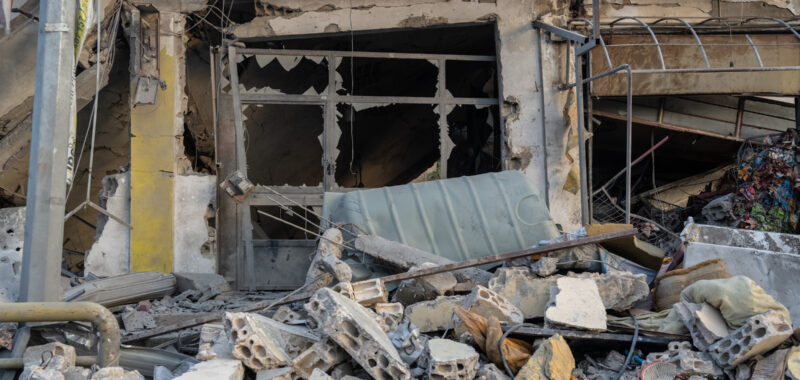The Israeli military has conducted multiple airstrikes in Tyre in Lebanon this week, a southern port city already largely deserted due to continued bombardments across the lower half of the country. Tyre, one of the oldest continuously inhabited cities around the globe, was designated a United Nations Educational, Scientific and Cultural Organization (UNESCO) World Heritage site in 1984.
The city is also home to a variety of ancient and important cultural heritage sites, including the 2nd-century Tyre Hippodrome, an aqueduct, Roman baths, the al-Bass Necropolis, and many other preserved remnants and ruins from centuries past. Originally a prominent Phoenician maritime trade city, Tyre has been occupied since the Bronze Age and has experienced the rise and fall of a wide tapestry of civilizations and historical periods that have left lasting influences on architecture, culture, and the economy.
Now, those sites are critically endangered as Israel directs its attacks on the port city, claiming that Hezbollah command and control complexes are located there.

According to the state-run Lebanese National News Agency, the airstrikes began at the start of this week and intensified yesterday, Wednesday, October 24. The Israeli newspaper Haaretz reported that the Israeli military issued an evacuation warning ordering the remaining civilians in Tyre to shift northward hours before the Wednesday airstrikes began.
Although no casualties have been reported as of yet from Tyre and its surroundings, the Lebanese Health Ministry says that 16 have been injured so far, and the Associated Press reported that four of six hit buildings were flattened. Many civilians were originally displaced to the coastal city while fleeing escalating airstrikes in their respective areas across southern Lebanon, which have reportedly killed over 2,300 and injured over 10,000 people in the last month.
Lebanese Minister of Culture Mohammad Wissam Mortada said that the culture ministry has contacted the Lebanese UNESCO ambassador, Mustapha Adib, requesting that the agency and other international organizations intervene in order to protect civilians as well as irreplaceable cultural heritage.

